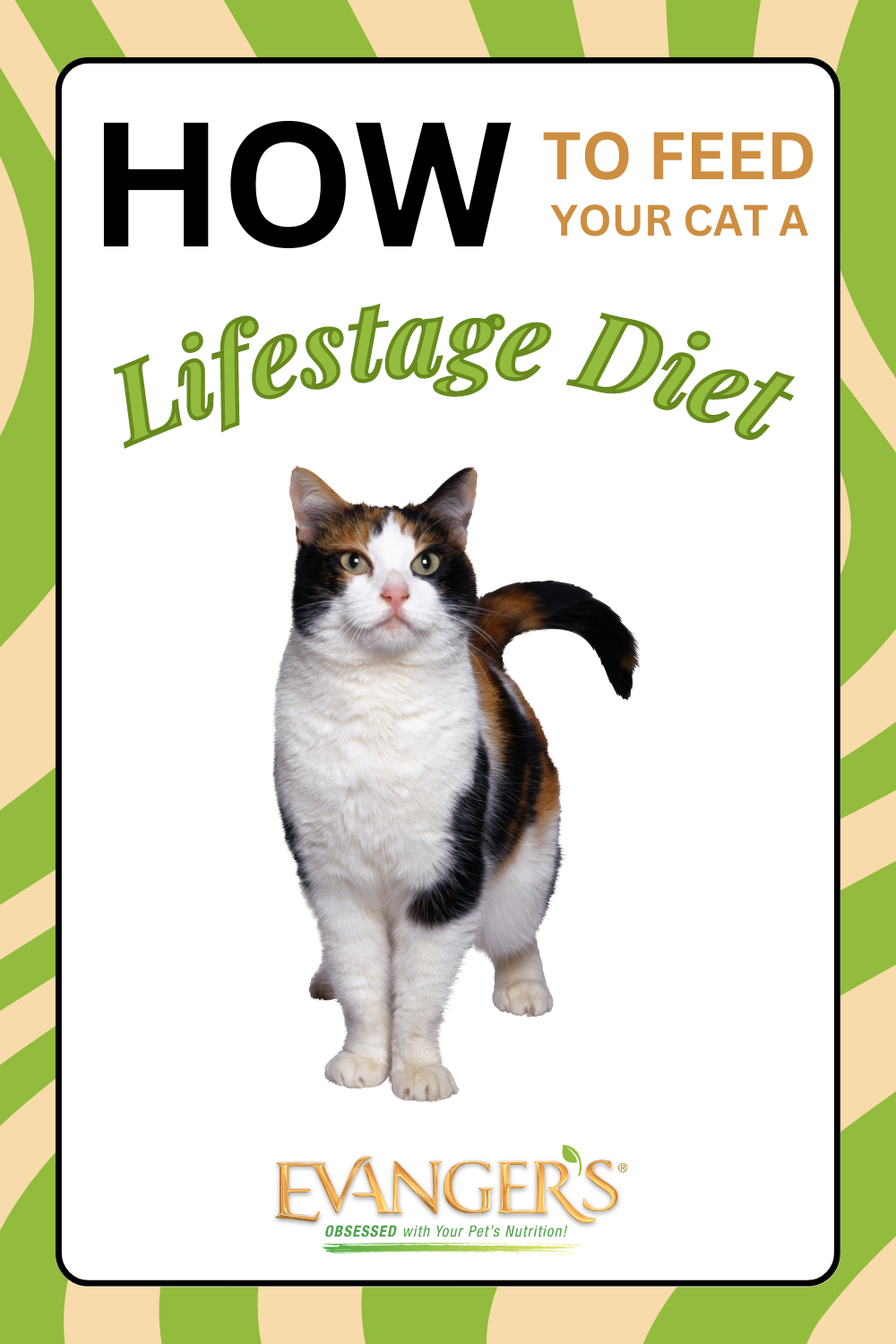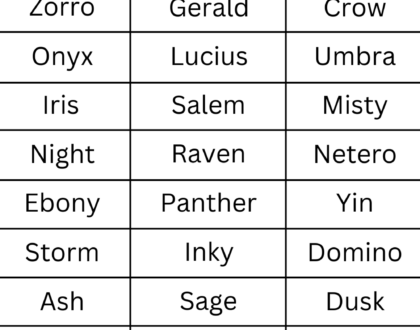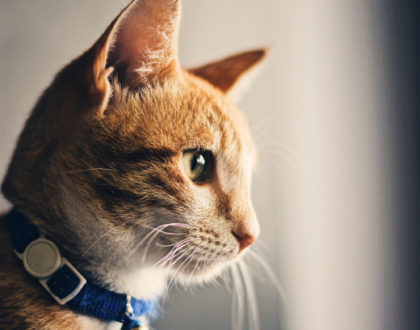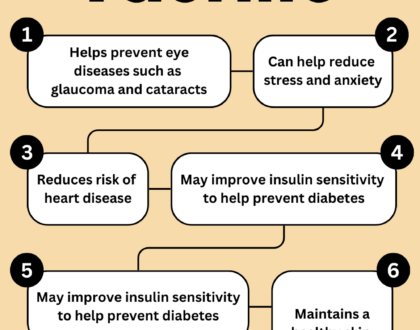How to Feed Your Cat a Lifestage Diet

by Ian Germann
Feeding a life stage diet to your cat is important to ensure they receive the necessary nutrients for their stage of life. Cats have different nutritional needs throughout their life, and a life stage diet can help maintain their health and well-being. Here are some tips for feeding a life stage diet to your cat:
- Choose the Right Type of Food
Choose a high-quality cat food that is specifically formulated for their life stage. Look for cat food that has real meat as the first ingredient, is rich in protein and fat, and contains essential vitamins and minerals. The nutritional requirements for a kitten, adult cat, and senior cat are different, so choose the appropriate food for your cat’s age and life stage.
- Determine How Much to Feed
The amount to feed your cat will depend on their weight, age, and activity level. Consult with your veterinarian to determine the appropriate amount to feed your cat. As a general rule, cats need to eat small meals throughout the day. Remember that growing kittens should eat much more food than the average adult cat, and senior cats should eat a bit less than the average adult cat.
- Offer Lots of Water
Make sure your cat has access to clean, fresh water at all times. Cats have a higher water requirement than humans, so make sure they have plenty of water available. Consider offering wet food in addition to dry kibble to help keep them hydrated.
It’s also a good idea to invest in a water fountain. Cat water fountains are helpful because they encourage cats to drink more water, which is essential for their health and well-being.
- Monitor Your Cat’s Weight
Regularly monitor your cat’s weight to ensure they are maintaining a healthy weight. Adjust the amount you feed them accordingly. If they start to gain weight too quickly, reduce their food intake. If they are losing weight or not maintaining a healthy weight, increase their food intake.
Evanger’s EVX Restricted Weight Management Wet Food for Cats is perfect for felines with extra pounds of love, with a low-calorie recipe high in fiber and protein to help cats feel full while giving them all the energy and nutrition they need on their road to recovery.
- Consider Supplementing as Needed
Depending on your cat’s age and health status, they may require additional supplements to maintain their health. Consult with your veterinarian to determine if your cat needs supplements such as taurine, omega-3 fatty acids, or probiotics.
- Offer a Variety of Foods
Offering a variety of foods can help prevent boredom and ensure your cat receives a range of nutrients. However, it’s important to make sure that new foods are introduced gradually to prevent digestive upset.
Transitioning your cat’s food should be done gradually over a period of 7-10 days to avoid upsetting their digestive system. Sudden changes to a cat’s diet can lead to digestive upset and diarrhea, which can be uncomfortable for your cat and stressful for you. From Duck to Quail, and everything in-between, Evanger’s has a plethora of different flavors and options to keep your cat from being bored. With locally sourced, 100% American made ingredients, your cat is sure to get a delectable and nutritious meal from guilt-free sources.
Recommended Posts

Amazing Names for Black Cats
June 05, 2023

Increasing Hydration in Cats 101
May 17, 2023

The Benefits of Taurine for Cats
May 12, 2023


